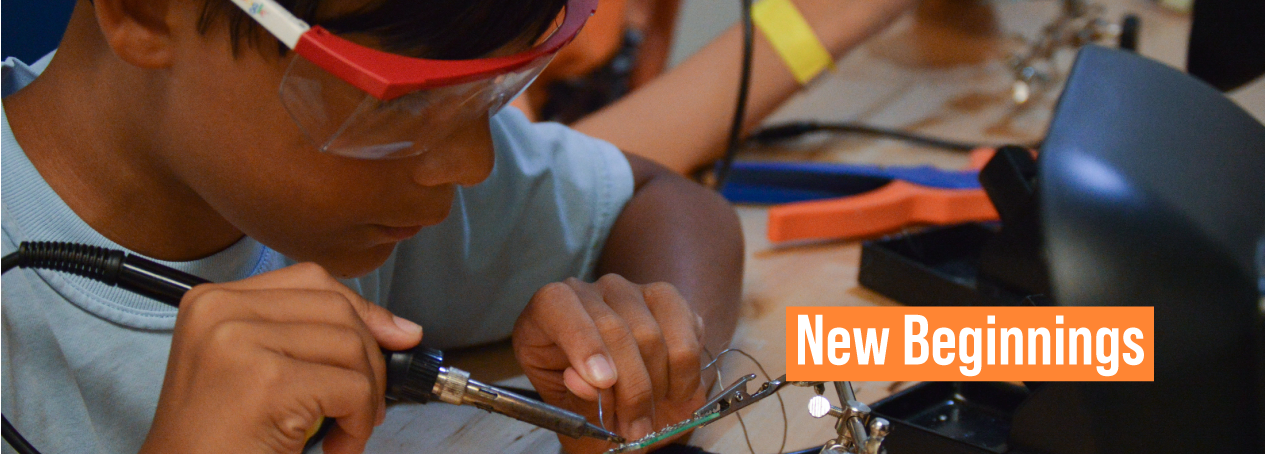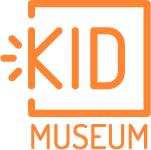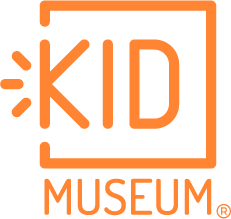
As the first vaccines are administered in the US this week, we have reason to celebrate. But unfortunately there’s no quick fix on the horizon for COVID’s devastating impact on education. Recent reports have confirmed what we most feared — our children have experienced profound learning loss as a result of the pandemic. Once the immediacy of the health crisis is under control, we will have to confront the enormity of what lies ahead.
Pandemic-related losses are amplifying inequities and making existing gaps wider than ever.. We’ve seen it first-hand in our own community: Montgomery County Public Schools recently reported astronomical increases in students failing core classes, with key populations especially hard hit. For example, 44% of Latinx ninth-graders from low-income families failed math this fall, compared with 7% last year; 36% failed English, up from 6% in 2019. Black students from low-income families experienced a 15.5% increase in failing grades; English language learners saw a tragic 23% increase in Ds and Fs. The list goes on.
What’s worse is that we know that these losses only compound over time. The reverberating effects carry beyond the current school year, affecting children for years to come, and bleeding over into their success entering the workforce. We don’t know how much longer it will be before children are back in school, but according to the recently released McKinsey Report, the longer this goes on, the worse the outcome. We need to urgently develop solutions for the immediate need, while simultaneously preparing for the post-pandemic future.
While much of the public focus has been on getting back to “normal,” we must remember that the status quo wasn’t working for many. Even before the pandemic, only half of all third graders in our community were reading at grade-level, with the rate much lower for students at Title I schools. It’s time for the make-over our schools have needed for so long.
As we come out of this health crisis, we must think holistically about how we prepare for recovery. COVID has made clear that so many variables affect kids’ learning, from food security to social emotional health and well-being. Schools cannot do it alone. It will take an integrated effort across the community to meaningfully recover and address the needs of students who have suffered the most.
Getting back into the classroom full-time is not nearly enough: we need to build partnerships and think creatively to revolutionize what learning looks like. Three priorities must guide our work as we prepare to accelerate learning and get kids back on track:
- Re-engage kids in learning: Zoom fatigue and social distancing have taken their toll. We need to focus first and foremost on getting students excited about learning again, and re-discovering their sense of curiosity and drive to learn. Learning should feel purposeful and relevant, while also attending to social-emotional needs. Students must be physically and emotionally ready to learn — something that can’t be ignored in the face of pandemic-related trauma
- Design for the future: We know that the basics of reading, writing, and arithmetic are not enough to prepare kids for the future, and we need to think synergistically about how we cultivate the range of skills necessary for a fast-changing world. Kids need to be creative problem-solvers, tech-competent, and capable of communicating and collaborating across diverse teams. That doesn’t happen through textbook learning. Kids learn these skills by doing, exploring, questioning, and creating.
- Think beyond the school day: With so much time lost, we simply need more time to help kids recover. We need to think creatively about how we use out-of-school time to help rebuild the skills and competencies that have suffered during this time.
Community resources like KID Museum can serve as valuable partners to support these goals. We know that kids thrive in hands-on learning that activates them as makers and creative problem-solvers. These experiences build core literacy and math skills while giving kids so much more: they discover their agency as learners and unlock their potential to thrive.
It is imperative that we seize the day to re-imagine learning as we rebuild. Let’s focus on the skills that we know really matter. Let’s partner to create an integrated and well-rounded educational experience for our children. And let’s lead with equity, putting first in line the students at greatest risk of being left behind. Now is the time to collaborate and innovate.
The beloved Fred Rogers once said: “Often, when you think you’re at the end of something, you’re at the beginning of something else.” And that’s exactly where we find ourselves now — what “something else” will look like is largely up to us.

